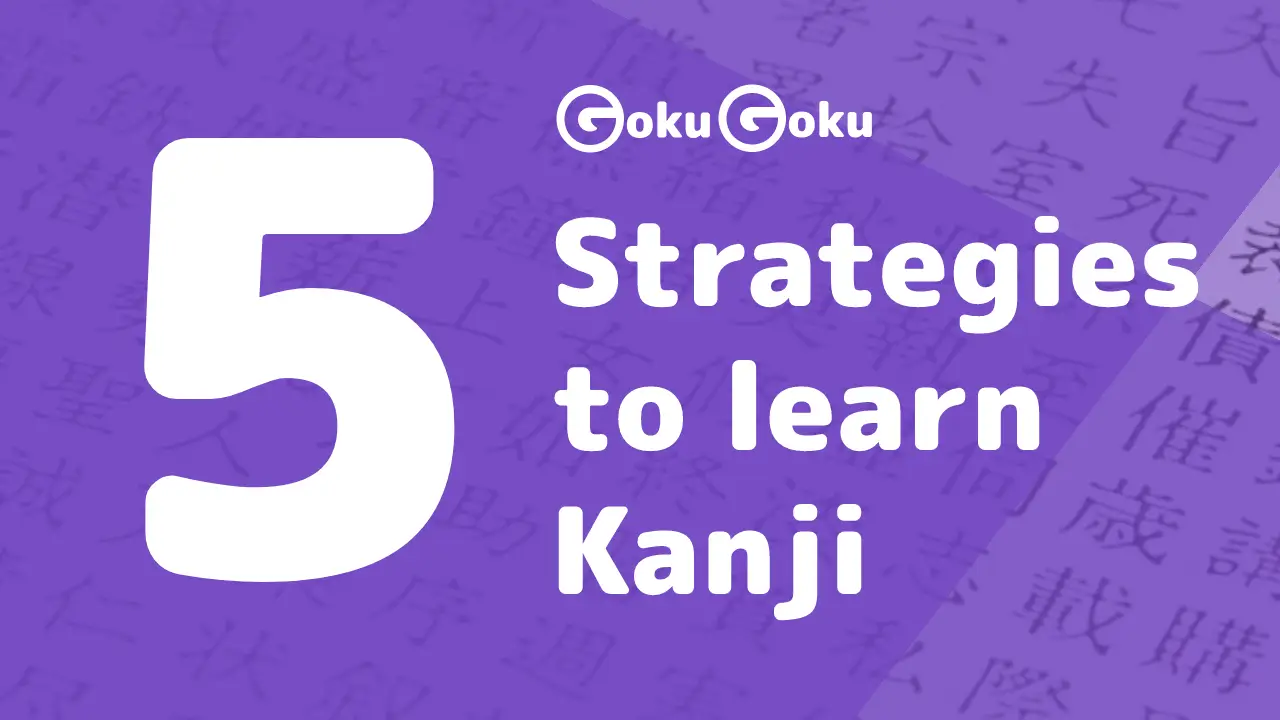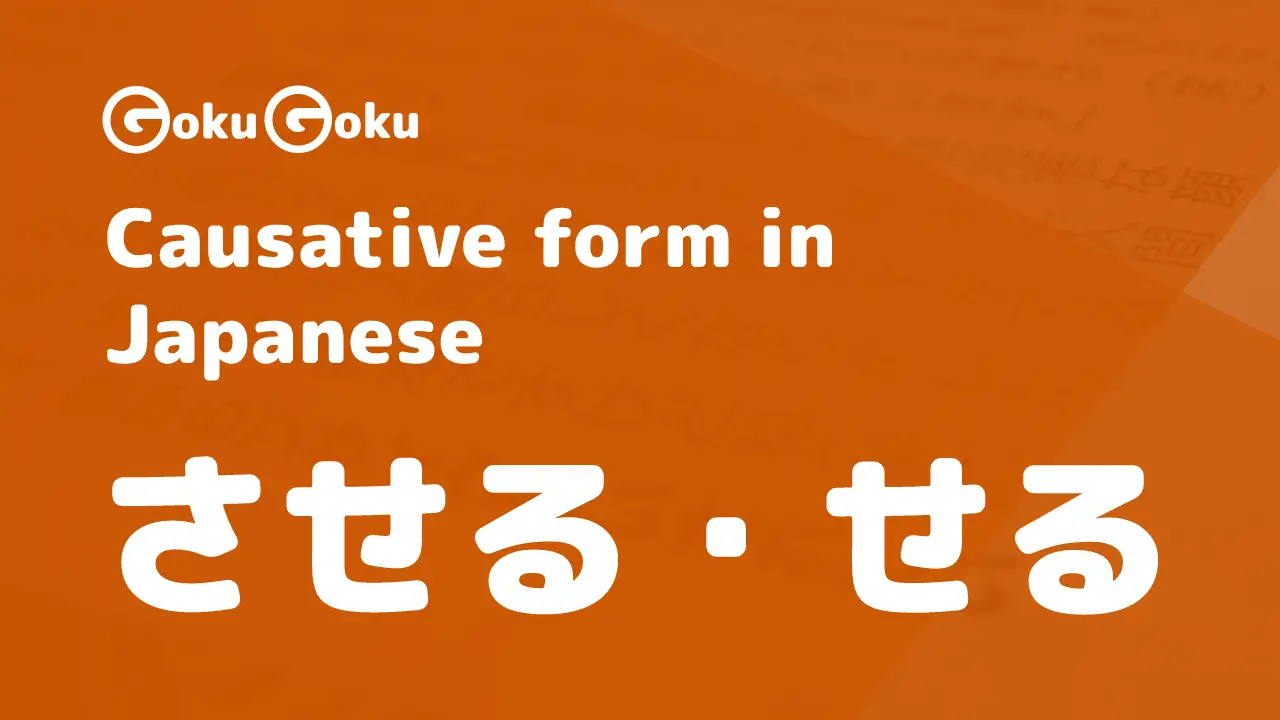The terms This/That/These are widely used in any language. The same is for Japanese!
In today's post, we are going to learn about the series called Kosoado (こそあど), which translates the demonstratives this, that, these, those in the Japanese Language:
これ
この
それ
その
あれ
あの
Kosoado is the basis for demonstrative adjectives and pronouns that are used to indicate or specify what we are referring to.
Kosoado are also very common in the Japanese language. Their usage is simple. Nevertheless, there are some differences in Japanese compared to other languages.
After reading this post you will have learnt what these differences are and you will know how to use Kosoado without any problems!
What Kosoado Means (こそあど)
With Kosoado we refer to pronouns or adjectives this/that in Japanese. They are those terms that are used to indicate which entities one is referring to.
Kosoado originates from the union of the initials that these words have in Japanese:
こ: これ, この, ここ (
This)そ: それ, その, そこ (
That)あ: あれ, あの, あそこ (
That one)ど: どれ, どの (
Which one)
As you can see, in Japanese there are several terms to indicate the position of something. This is because in Japanese there is a distinction between their use as adjectives or pronouns.
For example, in the sentences below we notice how This is the term used as both a pronoun and an adjective, whereas in Japanese two different words are used (これ and この respectively):
これは面白い
This in interesting
この本は面白い
This book in interesting
In this first part of our Kosoado series, we are going to dive deeper in the terms これ, この, それ, その, あれ, and あの. These terms are used to indicate This/That and are the most commonly used among the Kosoado.
これ & この
これ/この are used to indicate This referred to an entity close to the speaker (both in spatial and emotional terms).
これ form for the pronoun this
この form for the adjective this
When the term of Kosoado series begins with Ko (こ), it refers to something that is close to the speaker. Notice how in the example image below we use これ to refer to the pen, since it is close to the speaker.
これはペンだ。
This is a pen.

これ
これ is grammatically a pronoun but it is useful to consider これ as a noun, as it replaces the thing it refers to (which is not mentioned in the sentence).
これは卵だ。
This is an egg.
As we can see from the example, これ, This replaces the term it refers to. What This refers to will either have been mentioned previously or is indicated by the speaker with gestures indicating the direction.
この
この is an adjective and for this reason it cannot be used alone but must be followed by a noun.
この机は古いです。
This desk is old.
この仕事は大変です。
This work is hard.
Remember: When the demonstrative term ends with の, then there must be a noun immediately after it (adjective).
それ & その
それ/その are used to indicate That referred to an entity close to the listener (both in spatial and emotional terms).
As for これ/この, それ/その are the pronoun and adjective forms respectively.
それ form for the pronoun that
その form for the adjective that
When the term Kosoado starts with So (そ) we refer to something that is close to the person we are talking to. Notice how in the example image below we use それ to refer to the pen, as it is close to the person we are pointing at.
それはペンだ。
That is a pen.

それ
それ grammatically is the same as これ. It serves to replace the term referred to:
それは本だ。
That is a book.
The term それ, That specifies which book we are referring to (among many).
The person who is speaking is always our point of reference. If the object is close to me speaking I use これ, if it is far from me speaking and close to the listener I use それ.
あれ & あの
The translation of あれ/あの is the same as それ/その: That
In Japanese, however, あれ and あの are used when referring to an entity far from both people who are speaking and listening.
As for これ/この, あれ/あの are the pronoun and adjective forms respectively.
あれ form for the pronoun that
あの form for the adjective that
When the term Kosoado begins with A (あ), it refers to something that is far away from both people who are talking. Notice how in the example image below we use あれ to refer to the pen, as it is far away from the two people who are talking.
あれはペンだ。
That is a pen.

あれ
あれ grammatically is the same as これ and it is used to replace the term referred to:
あれは本だ。
That is a book.
As we can see from the example, the pronoun あれ, That is used to refer to what we are talking about (previously mentioned).
あの
Also あの grammatically is the same as この and その and cannot be used alone, but must be followed by a noun:
あの本は面白い。
That book is interesting.
The term あれ, That specifies which book we are referring to (among many).
We end this first part dealing with the demonstratives with the interrogative pronoun (noun) used in questions.
どれ & どの
We know now that you con properly use these two terms as pronoun (どれ) and adjective (どの) and the translation is Which?:
数学の本はどれですか。
Which is the Maths book?
数学の本はどの本ですか。
Which book is the maths book?
The second sentence has the repetition of the word book 本 just to show how the kana no の refers to an adjective and must be followed by a noun.
数学の + 本 (noun)
どの + 本 (noun)
That's it for this post on Kosoado! You just made a big leap forward in your Japanese journey.
In fact, Kosoado are used all throughout the language. Learning them allows you to understand many new sentences!
To summarize:
これ + particle - この + noun close to the person who is speaking
それ + particle - その + noun close to the person who is listening
あれ + particle - あの + noun far from both people
どれ and どの used in questions: Which?







